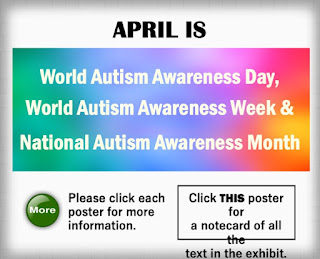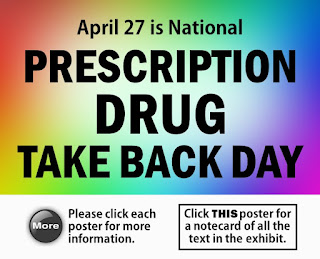The US Centers for Disease Control and Prevention (CDC) collects data about the recorded causes of death. This data has been analyzed by the nonprofit USAFacts in their September 2023 publication, the "America in Facts 2023" report. They calculated the leading causes of death for each state and the District of Columbia in the 2020-2021 year. Here are the results:
Ages 1 to 17*
- Transport accidents: 32 states
- Suicide: 6 states
- Homicide: 5 states and the District of Columbia
- Cancer: 4 states
- Other: 3 state
*Note: Transport accidents and suicide tied in Idaho for this age group, and transport accidents and cancer tied in Connecticut.
Ages 18 to 44
- Fentanyl and other synthetic opioids: 28 states and the District of Columbia
- Suicide: 14 states
- Homicide: 3 states
- Major cardiovascular disease: 4 states
- Other: 2 states
Ages 45 to 64
- Major cardiovascular disease: 29 states and the District of Columbia
- Cancer: 21 states
- Other: 1 state
Ages 65 and older
- Major cardiovascular disease: 50 states and the District of Columbia
While this data doesn’t predict how any particular individual will die, nor at what age death will occur, it can remind us to adopt healthy lifestyle habits that can address the most common causes in our age group.
For information on preventing transport accidents in children:
Child Passenger Safety: Get the Facts
https://www.cdc.gov/transportationsafety/child_passenger_safety/cps-factsheet.html
Child Safety
https://www.nhtsa.gov/road-safety/child-safety
For information on fentanyl and other synthetic opioids:
Years of Life Lost to Unintentional Drug Overdose Rapidly Rising in the Adolescent Population, 2016–2020
https://www.jahonline.org/article/S1054-139X(22)00542-0/fulltext
DEA Warns of Brightly-Colored Fentanyl Used to Target Young Americans
Dramatic increases in opioid overdose deaths due to fentanyl among young people in Washington State (pdf)
https://adai.uw.edu/wordpress/wp-content/uploads/youth-fentanyl-2021.pdf
For information about cardiovascular disease:
Heart Disease and Stroke
https://www.cdc.gov/chronicdisease/resources/publications/factsheets/heart-disease-stroke.htm
Cardiovascular Diseases (CVDs)
https://www.who.int/news-room/fact-sheets/detail/cardiovascular-diseases-(cvds)
Know Your Risk for Heart Disease
https://www.cdc.gov/heartdisease/risk_factors.htm




.jpg)






